Latest from Buyers Guides
 '1972â73 1-1024x675.jpg)
Top Tips for Buying a Used Ford Falcon/Fairmont XA-XC (1972-79)
Ford Falcon XA-XC values have improved significantly, but these cars still don’t match the popularity of earlier XW-XY versions. Basic cars still don't generate enough money to justify high-value restorations and can often be stripped for any usable parts.
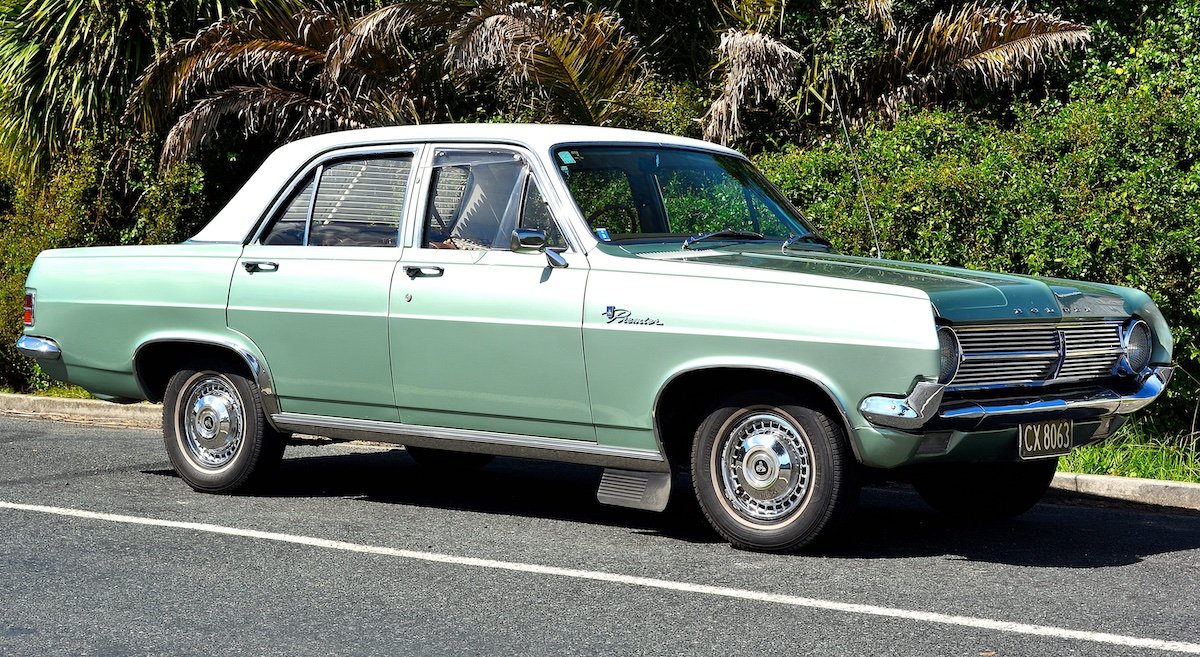
Top Tips for Buying a Used Holden HD-HR (1965-68)
Prices for Special and Standard versions of the HD and HR begin below $20,000, with utes costing around the same as sedans, but panel vans are scarce and 30 percent more expensive than passenger versions.
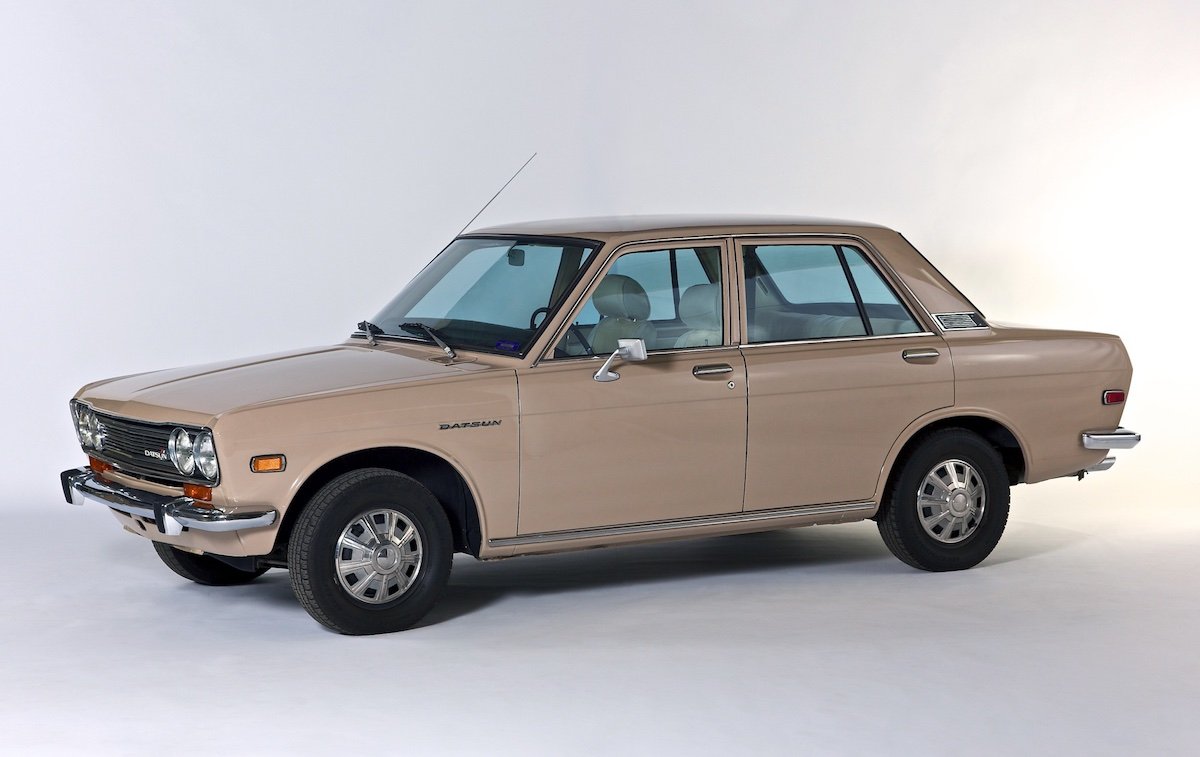
Top Tips for Buying a Used Datsun 1600 (1968-72)
When it arrived in the late ’60s, the Datsun 1600 boasted strong levels of standard equipment, a grunty four-pot engine, front disc brakes and independent rear suspension, positioning it closer to a BMW on paper than any of its Japanese contemporaries.
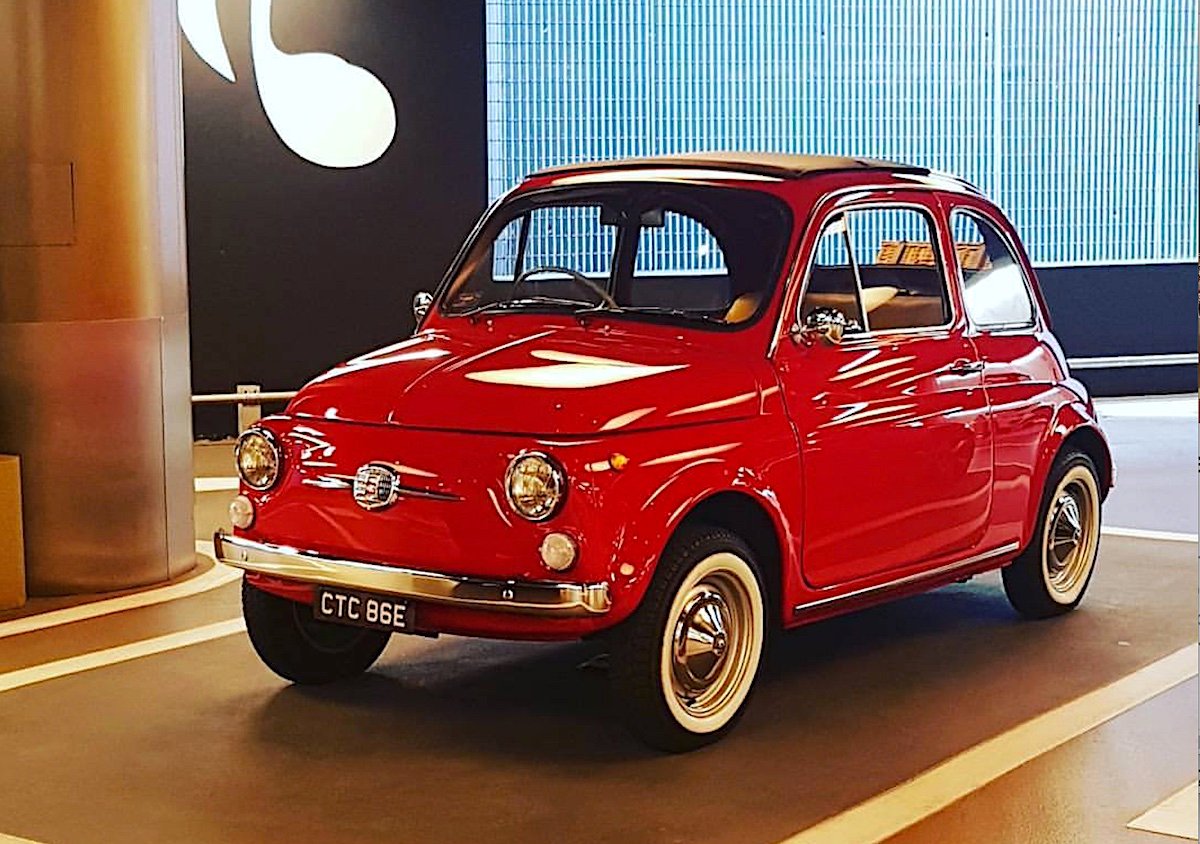
Top Tips for Buying a Used Fiat 500 (1957-72)
As a country renowned for large families, Italy was hardly the place to be selling miniature cars. Yet, the most successful Italian model of the 1950s was the tiny Fiat 500.
-1200x800.jpg)
Top Tips for Buying a Used Citroen DS (1967-76)
The Citroen DS is one of the most uniquely-styled vehicles to have ever graced our roads, and while prices have spiked in recent years, they now seem to have stabilised.

Almost Great: Audi 100 CD
One more piston may have made the difference to this classic 1980s mid-size executive sedan from Audi.
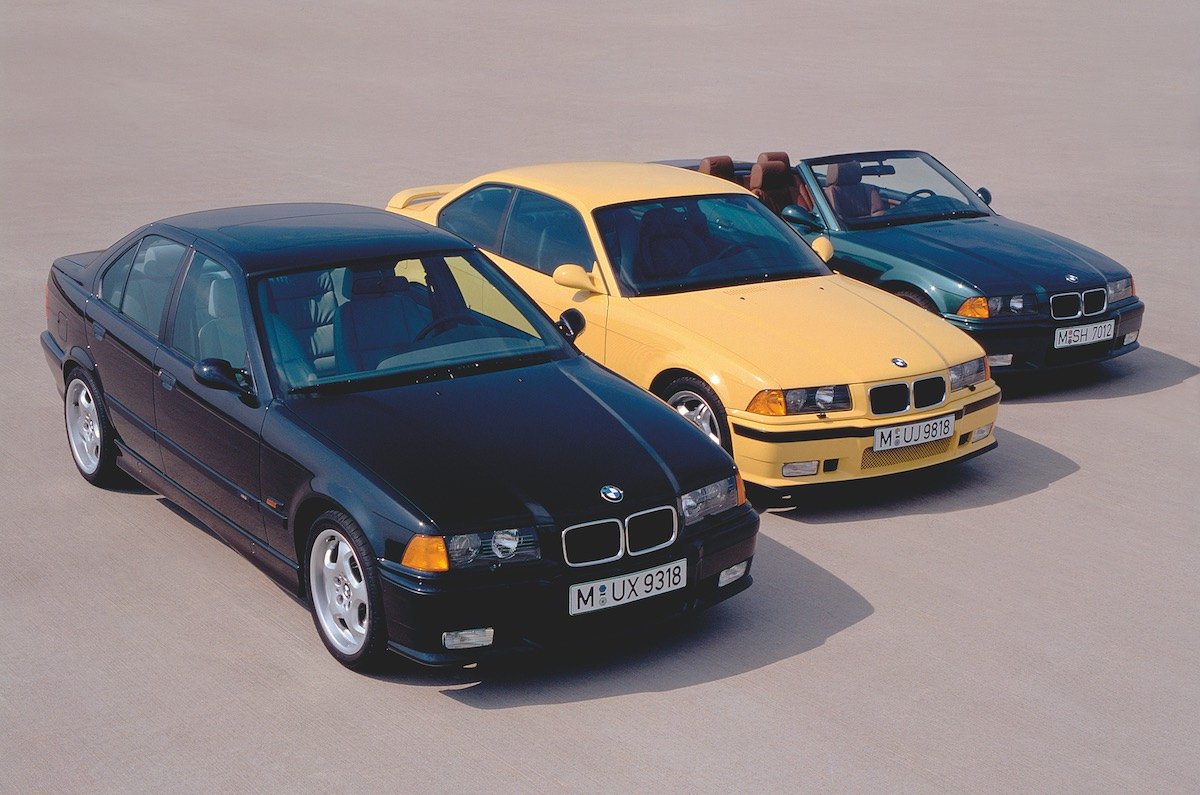
Top Tips for Buying a Used BMW E36 M3 (1994-1999)
The first M3 to be officially sold in Australia, it took until 1994 for the E36 M3 and its extraordinary straight-six engine to arrive after the standard car launched in 1991.
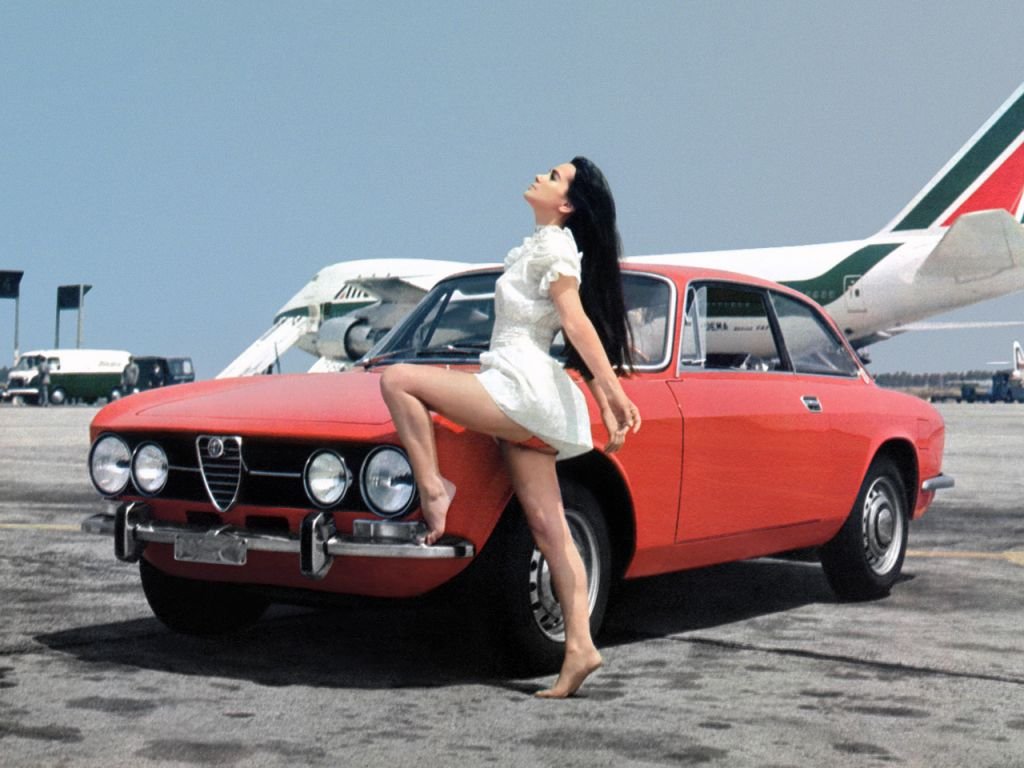
Top Tips for Buying a Used Alfa Romeo 105-Series Coupe (1963-77)
Bathurst in 1967 hosted an uneven battle between Ford’s new 4.7-litre Falcon GT and Alfa Romeo’s 1.6-litre GTV. The Alfas lost by half a lap but won the admiration of many enthusiasts, some of whom went on to become passionate Alfa owners in the years following that race.
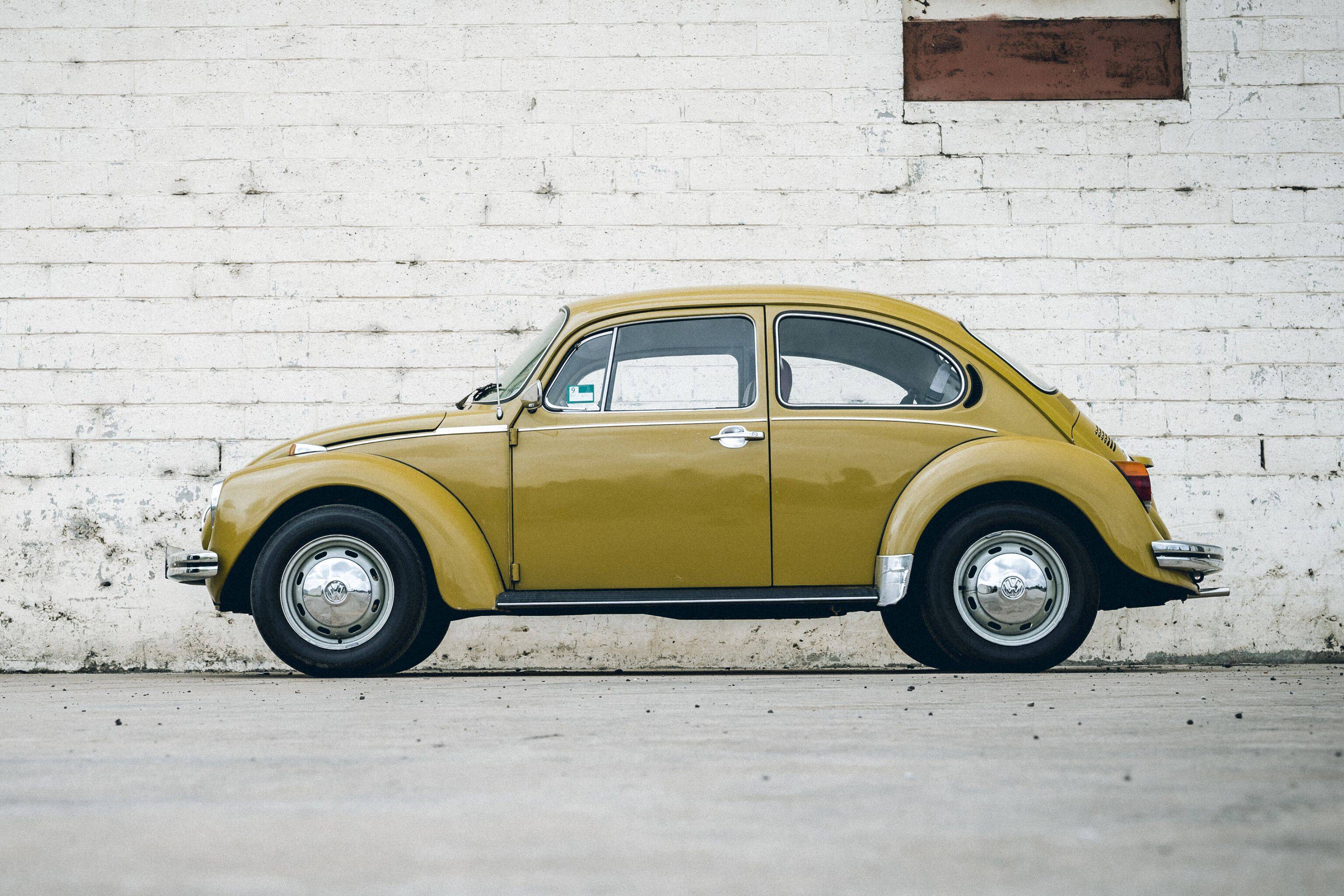
Top Tips for Buying a Used Volkswagen Superbug (1971-76)
Germany’s ‘People’s Car’ the Volkswagen Beetle appeared on the Australian landscape during the 1950s, where it battled the British designed and engineered Morris Minor for recognition as Australia’s most popular small car.

Top Tips for Buying a Used BMW E24 Series 635CSi Coupe (1986-89)
In 1986, when BMW finally launched its 3.5-litre coupe onto the Australian market, the delay had sent the price of automatic versions past $110,000 and into territory owned by Mercedes-Benz with its 380SEC.
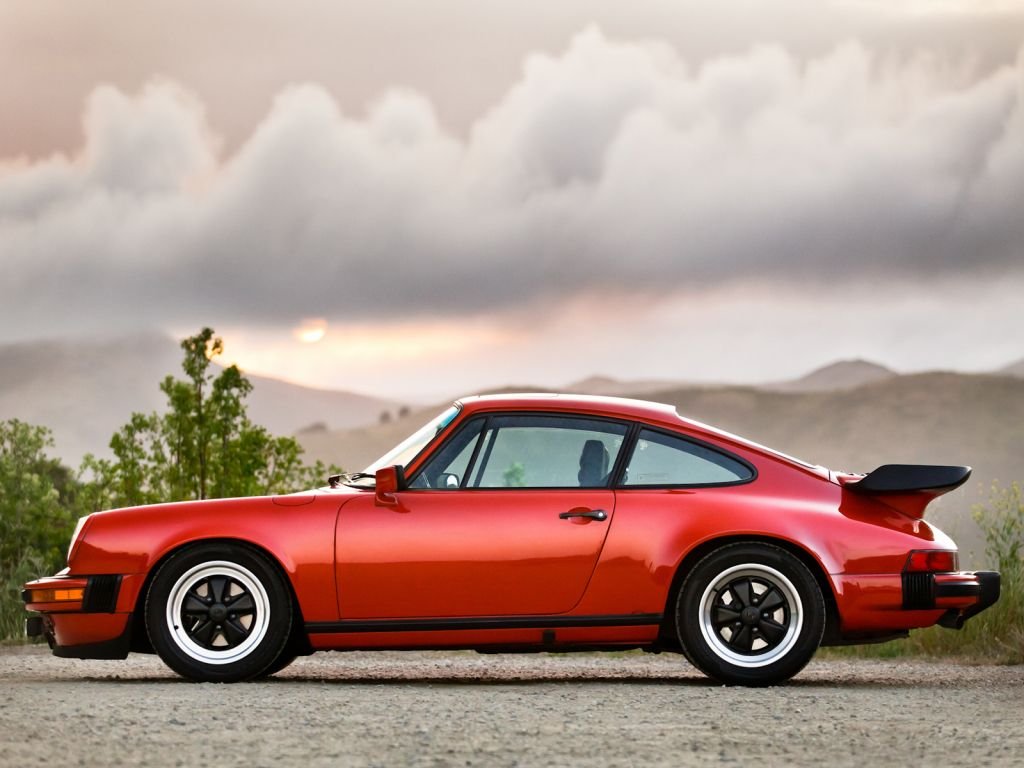
Top Tips for Buying a Used Porsche 911SC (1978-83)
Porsche’s 901 model was publicly shown in 1963 at the Frankfurt Motor Show to instant acclaim and legal threats. Peugeot had for decades produced cars with a zero in their designations (203, 402 etc) and was giving no ground to a German interloper.
